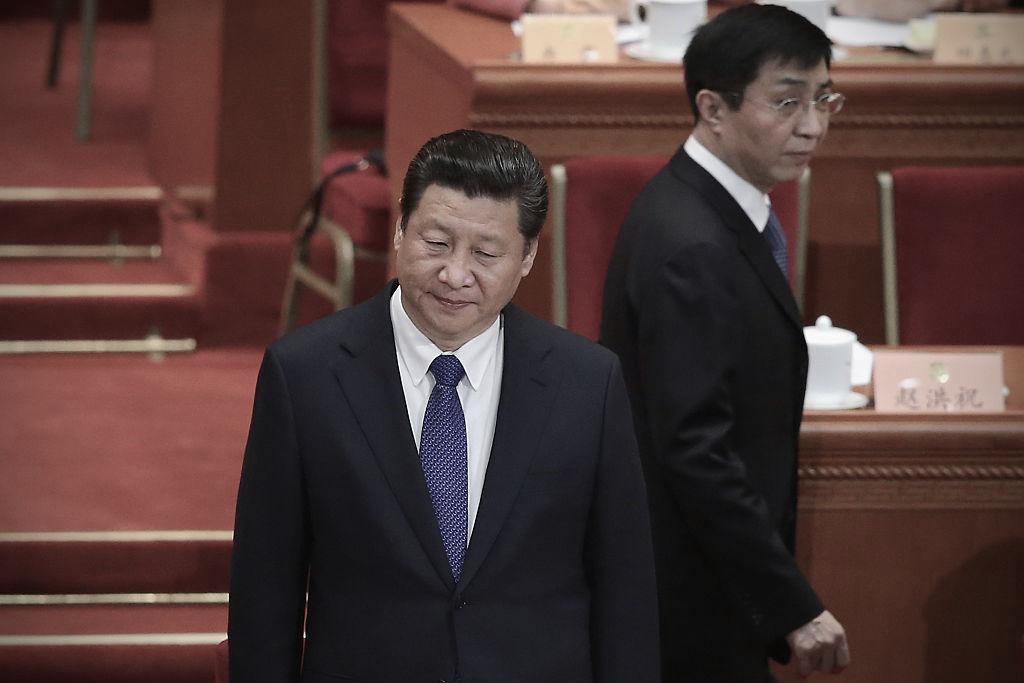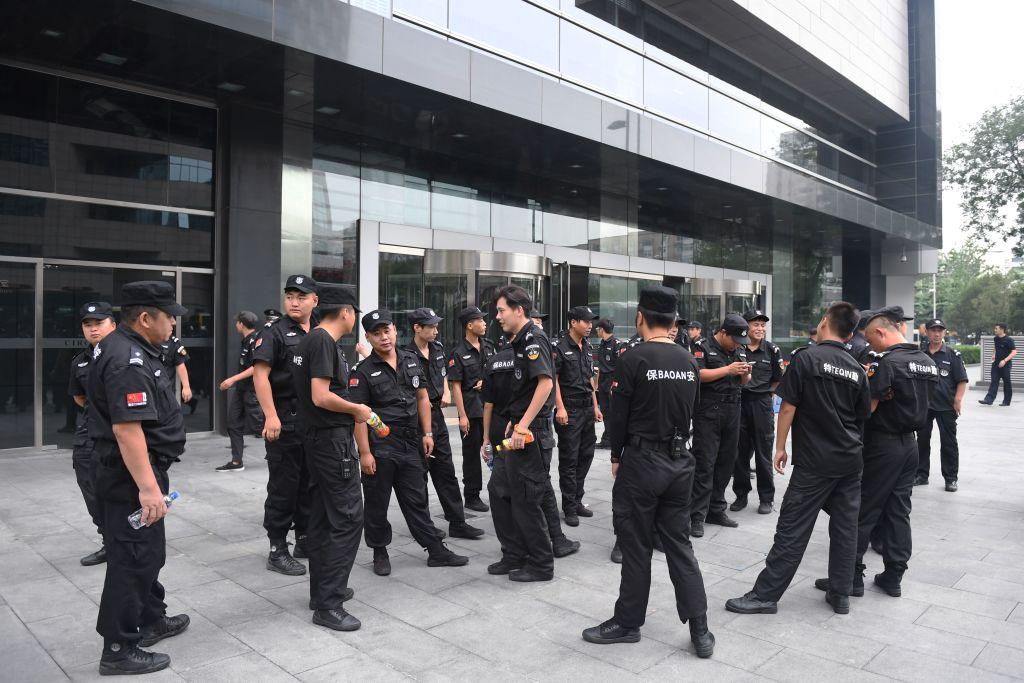With U.S. Secretary of State Mike Pompeo finishing his first Southeast Asia trip after the announcement of the new $113 million initiative in the Indo-Pacific region, experts are reviewing how the U.S. Indo-Pacific strategy and the ongoing trade war are affecting China.
Economic analyst Qin Peng said that an Indo-Pacific strategy based on economic cooperation is what the Chinese Communist Party (CCP) really fears.




